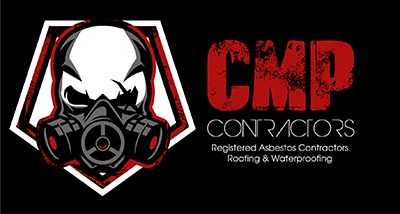Asbestos, once hailed for its versatility and durability, has left a legacy of health and environmental hazards across the globe. In South Africa, where asbestos mining and use were prevalent in the past, the need for safe asbestos removal practices is paramount. This article delves into the importance of proper asbestos removal, highlighting the risks associated with exposure and the steps needed to protect health and the environment.
Understanding the Risks: Asbestos, a naturally occurring mineral fiber, was widely used in various industries for its fire-resistant and insulating properties. However, prolonged exposure to asbestos fibers can lead to serious health issues, including lung cancer, mesothelioma, and asbestosis. Even minimal disturbance of asbestos-containing materials can release harmful fibers into the air, posing a risk to anyone nearby.
Environmental Impact: In addition to health concerns, improper asbestos removal can have detrimental effects on the environment. Asbestos fibers released during removal can contaminate soil, water sources, and nearby ecosystems, posing risks to wildlife and vegetation. Furthermore, asbestos waste improperly disposed of can leach into the environment, perpetuating the cycle of contamination.
Importance of Safe Removal: Safe asbestos removal practices are crucial for protecting both human health and the environment. Licensed asbestos removal professionals follow strict protocols to minimize exposure and prevent environmental contamination. These include conducting thorough risk assessments, using appropriate personal protective equipment (PPE), and employing specialized removal techniques to contain and safely remove asbestos-containing materials.
Regulatory Compliance: In South Africa, the management and removal of asbestos are governed by stringent regulations and guidelines to ensure public safety and environmental protection. The Occupational Health and Safety Act (OHSA) and the Asbestos Regulations outline the legal requirements for asbestos management, removal, and disposal. Compliance with these regulations is essential for safeguarding health and minimizing liability for property owners and contractors.
Community Awareness and Education: Raising awareness about the risks of asbestos exposure and the importance of safe removal practices is key to protecting public health. Community outreach programs, educational campaigns, and training initiatives can empower individuals and businesses to make informed decisions regarding asbestos management and removal. By fostering a culture of safety and responsibility, we can mitigate the risks associated with asbestos and promote a healthier environment for future generations.
Safe asbestos removal is not just a legal obligation—it’s a moral imperative to protect human health and preserve the environment. By adhering to strict safety protocols, complying with regulations, and promoting community awareness, we can minimize the risks associated with asbestos exposure and ensure a safer, healthier future for all. Let us work together to safeguard health and environment through responsible asbestos management and removal practices.


